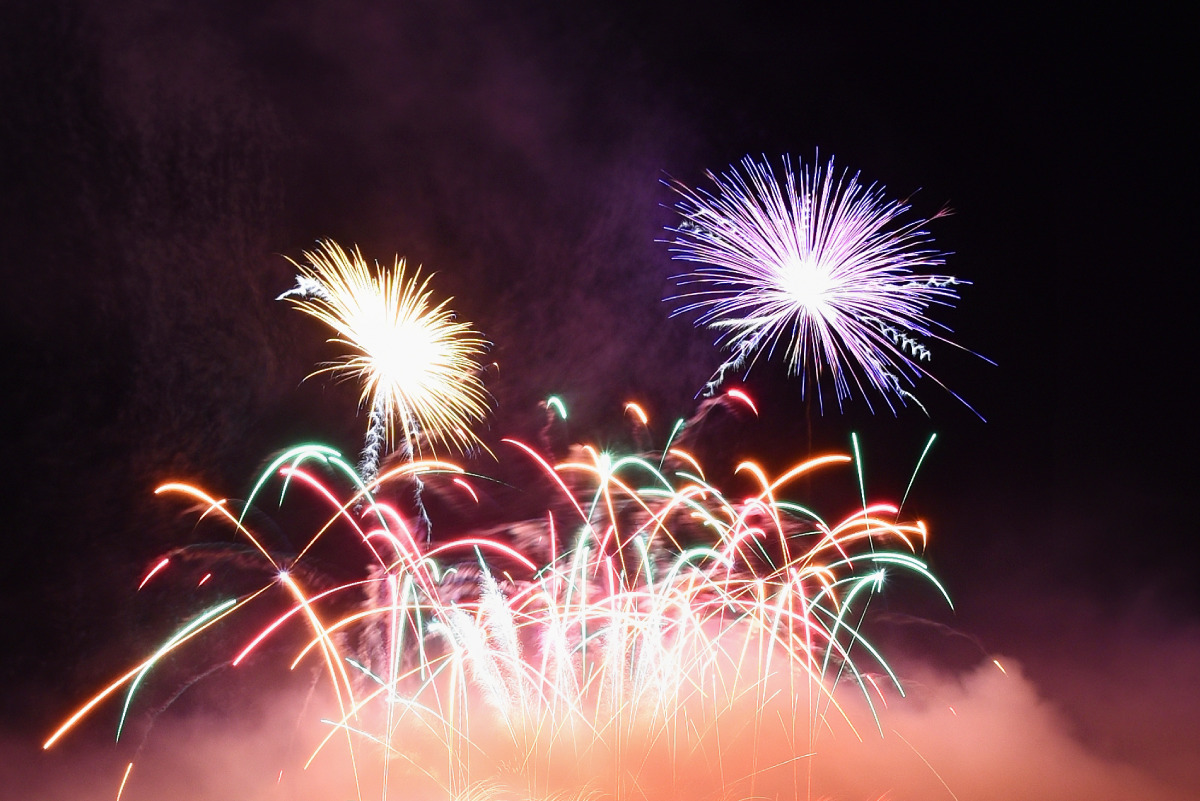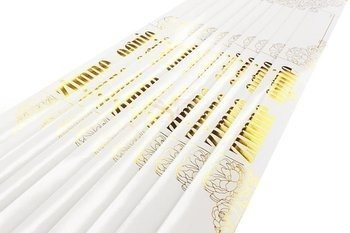Environmental impacts of fireworks: Hazard and Classification

Fireworks are a spectacular element of many celebrations, from large New Year's parties to private family celebrations. However, while these colorful explosions bring joy and awe, the environmental impact of fireworks often goes unnoticed. In recent years, attention has begun to be paid to how fireworks can negatively impact our surroundings. Classifying fireworks by hazard and purpose can help understand and control these impacts.
Fireworks classification
The manufacturer classifies pyrotechnic products depending on how they are used, purpose and level of risk. This classification includes five classes: F1, F2, F3, F4, T1, T2, P1 and P2. The differences between classes result mainly from the noise level, the threat to human life and health, as well as the impact on the environment.
Class F (spectacle fireworks)
-
Class F1 : Products presenting a very low hazard, intended for use indoors or in enclosed areas outdoors. These are fireworks with minimal noise and low environmental risk. An example of such fireworks are sparklers .
-
Class F2 : Similar to F1, but intended for use in enclosed outdoor areas. They have low noise levels and low environmental risk. Examples include SILENTY® fireworks .
-
Class F3 : Large scale fireworks that may be used in open areas outside buildings. They are characterized by a medium level of hazard and a noise level that is not harmful to human health. These include, for example, fireworks launchers .
-
Class F4 : The most spectacular fireworks, with a high degree of threat to human life and health and the environment. They are reserved for professionals and require specialized service and permits.
Class T (theatrical fireworks)
-
Class T1 : Low hazard theatrical fireworks intended primarily for use in theatrical or film performances.
-
Class T2 : Products of this class are complex and require operation by specialists, used mainly in professional theater productions.
Class P (other pyrotechnic articles)
-
Class P1 : Other pyrotechnic articles that do not fit into categories F and T, characterized by a low risk to human life and health and the environment.
-
Class P2 : Products with a higher risk, requiring handling by specialists. They are not intended for amateurs.
Impact on the Environment
While fireworks can be spectacular and exciting, their use has a potentially negative impact on the environment. Here are some main aspects:
1. Emission of Chemical Substances
Many fireworks emit chemicals during combustion, such as sulfur, chlorine, heavy metals (e.g. lead, barium), and organic compounds. These substances can pollute the air, soil, surface and groundwater. However, fireworks companies are constantly developing formulas that make fireworks safer in terms of chemical emissions.
2. Noise
Although the classification takes into account noise levels, even products with low noise levels can contribute to the disruption of wildlife and people, especially sensitive people, children and pets. It is worth choosing silent SILENTY® fireworks , the noise of which is minimized. Silent fireworks also come as fireworks launchers .
3. Waste
After firing, fireworks leave waste such as plastic casings, metal components, and unfired pyrotechnic powders. This garbage can pollute the environment, especially if it is not disposed of properly after events. Therefore, remember to clean up waste after yourself and throw it into appropriate containers according to waste segregation.
4. Fuel
Producing and transporting fireworks requires fuel consumption, which contributes to greenhouse gas emissions and air pollution. It is worth remembering that production and transport occur in every industry, e.g. food, textiles, cosmetics, etc., and it is difficult to reduce this type of pollution, which is present at every step.
5. Threat to Fauna and Flora
Wild animals can be scared and stressed by the loud bangs and bright lights of fireworks. Moreover, fires caused by them may pose a threat to the natural environment. When using fireworks, follow safety rules to minimize the risk of fire and light fireworks in appropriate places, away from animals. For the sake of animals, it is worth choosing silent SILENTY® fireworks , they are very effective and much quieter.
Although fireworks are often seen as part of joyous celebrations, their impact on the environment cannot be underestimated. It is necessary to apply appropriate regulations, both regarding production and distribution, as well as use. The classification of pyrotechnic products helps identify the risks associated with them and adapt safety precautions. However, in order to reduce the negative impact of fireworks on the environment, it is also necessary to educate the public about the consequences of their use and to promote alternative, more ecological ways of celebrating ceremonies. Please also remember that there are fireworks with a negligible impact on the environment, such as sparklers , cake fountains and much more.



